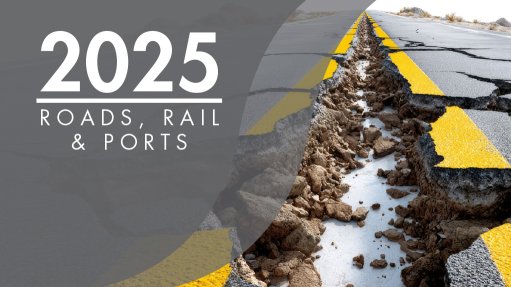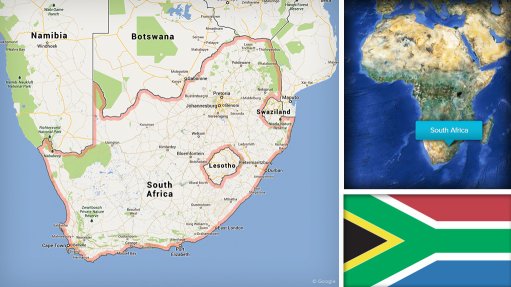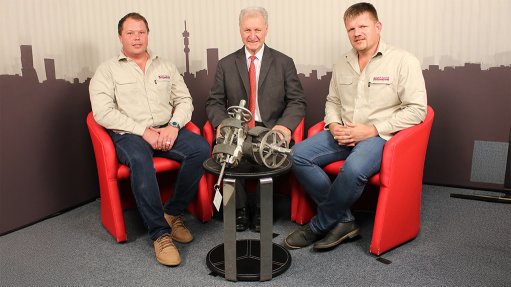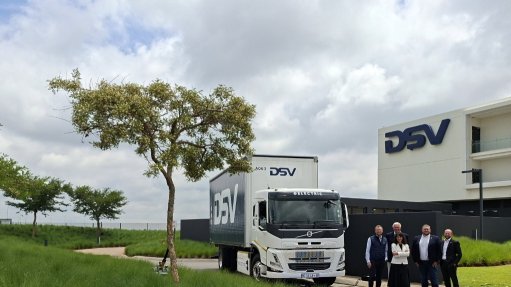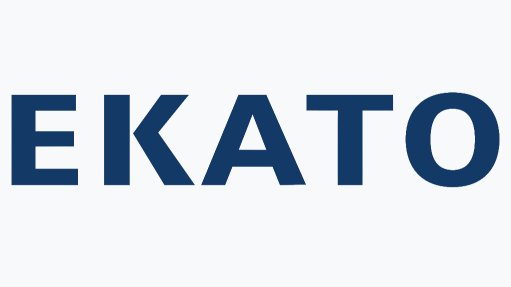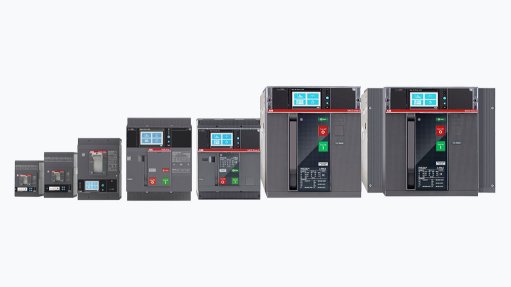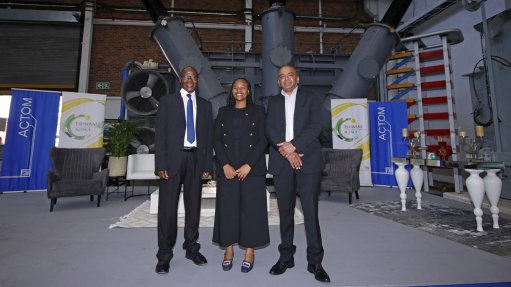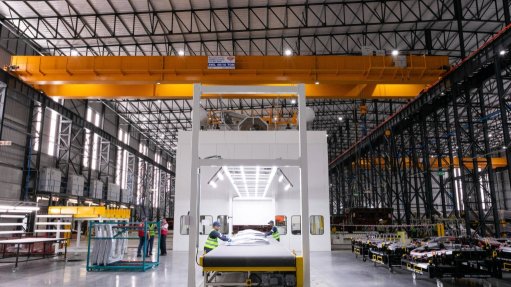QR codes, digital printing advance traceability


KLAUS PLENGE Barcoding is a legacy system, still used in packaging, but Tetra Pak is moving beyond static codes to dynamic digital solutions. Each pack can have a unique identity, almost like its own digital DNA
Photo by Tetra Pak
While barcoding has been a staple in packaging, food processing and packaging solutions company Tetra Pak Southern Africa suggests that the sector’s future lies in advanced traceability systems that “harness the power” of quick response (QR) codes and digital printing.
“Barcoding is a legacy system, still used in packaging, but Tetra Pak is moving beyond static codes to dynamic digital solutions. Each pack can have a unique identity, almost like its own digital DNA,” states Tetra Pak Southern Africa MD Klaus Plenge.
He explains that these dynamic options allow the company to “geo-localise” production items and end-products, monitor supply chains in real time and track products through to their final destinations.
This is particularly significant for social programmes such as school feeding, where traceability ensures that nutritious food reaches the children for which it is intended.
Additionally, the integration of QR codes into packaging will ensure that companies not only meet quality and food safety standards, but also enable promotional opportunities and customer engagement.
“A single pack can now serve multiple purposes: verifying food safety, supporting marketing campaigns, and providing traceability data that flows across the supply chain,” states Plenge, adding that QR codes offer a “digital bridge” between production facilities and customers.
“These QR codes can be used for product traceability from the manufacturer to the production facility, through to the customer, in the form of promotional campaigns and interactive consumer experiences.”
Plenge expressed that each package is more than just a container; it is a data point in a fully connected ecosystem that links production, distribution and end-use in real time.
Additionally, he notes that this digital transformation underscores Tetra Pak’s innovations and illustrates how packaging can evolve into a connected platform.
Meanwhile, Tetra Pak has implemented systems that will allow producers to monitor factory performance remotely. Plenge explains that, from a smartphone, managers are able to observe production metrics on any day of the week, identifying potential issues, while ensuring smooth operation without needing to be physically present. Beyond monitoring, another major innovation is digital printing, which has been active at Tetra Pak’s facility in Denton, Texas since 2021. The facility has been installed with a full-width digital printer that is capable of high-speed, high-resolution printing directly onto packaging material. “Digital printing enables QR codes to be applied during the packaging process, either at the converting factories or during production at the customer facility,” Plenge explains. Additionally, this technology supports smaller batch sizes, multiple design variations in a single order and a faster turnaround from design to shelf – offering brands unprecedented flexibility and customisation. However, he notes that the use of digital printing is still a future ambition for Tetra Pak Southern Africa. As the company continues to refine its systems and expand its capabilities, its traceability-driven packaging approach offers a model for how the industry can balance functionality, sustainability and innovation.
“Tetra Pak’s journey shows that the future of packaging is not just physical – it’s digital, accountable and sustainable. Through traceable, intelligent packaging, the company is creating a blueprint for an industry in which every pack tells a story, safeguards quality and contributes to a circular, sustainable economy,” he concludes.
Article Enquiry
Email Article
Save Article
Feedback
To advertise email advertising@creamermedia.co.za or click here
Comments
Announcements
What's On
Subscribe to improve your user experience...
Option 1 (equivalent of R125 a month):
Receive a weekly copy of Creamer Media's Engineering News & Mining Weekly magazine
(print copy for those in South Africa and e-magazine for those outside of South Africa)
Receive daily email newsletters
Access to full search results
Access archive of magazine back copies
Access to Projects in Progress
Access to ONE Research Report of your choice in PDF format
Option 2 (equivalent of R375 a month):
All benefits from Option 1
PLUS
Access to Creamer Media's Research Channel Africa for ALL Research Reports, in PDF format, on various industrial and mining sectors
including Electricity; Water; Energy Transition; Hydrogen; Roads, Rail and Ports; Coal; Gold; Platinum; Battery Metals; etc.
Already a subscriber?
Forgotten your password?
Receive weekly copy of Creamer Media's Engineering News & Mining Weekly magazine (print copy for those in South Africa and e-magazine for those outside of South Africa)
➕
Recieve daily email newsletters
➕
Access to full search results
➕
Access archive of magazine back copies
➕
Access to Projects in Progress
➕
Access to ONE Research Report of your choice in PDF format
RESEARCH CHANNEL AFRICA
R4500 (equivalent of R375 a month)
SUBSCRIBEAll benefits from Option 1
➕
Access to Creamer Media's Research Channel Africa for ALL Research Reports on various industrial and mining sectors, in PDF format, including on:
Electricity
➕
Water
➕
Energy Transition
➕
Hydrogen
➕
Roads, Rail and Ports
➕
Coal
➕
Gold
➕
Platinum
➕
Battery Metals
➕
etc.
Receive all benefits from Option 1 or Option 2 delivered to numerous people at your company
➕
Multiple User names and Passwords for simultaneous log-ins
➕
Intranet integration access to all in your organisation






